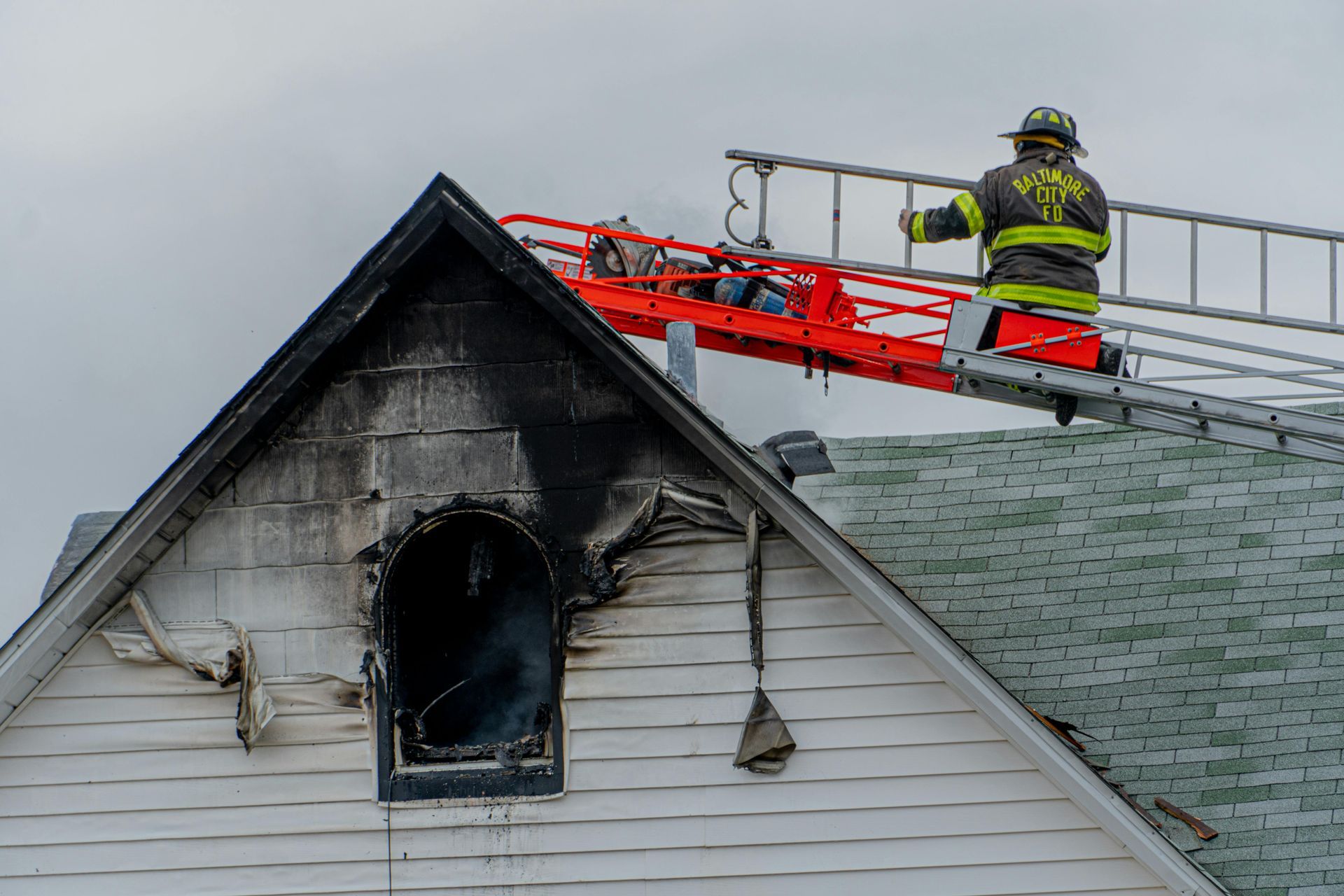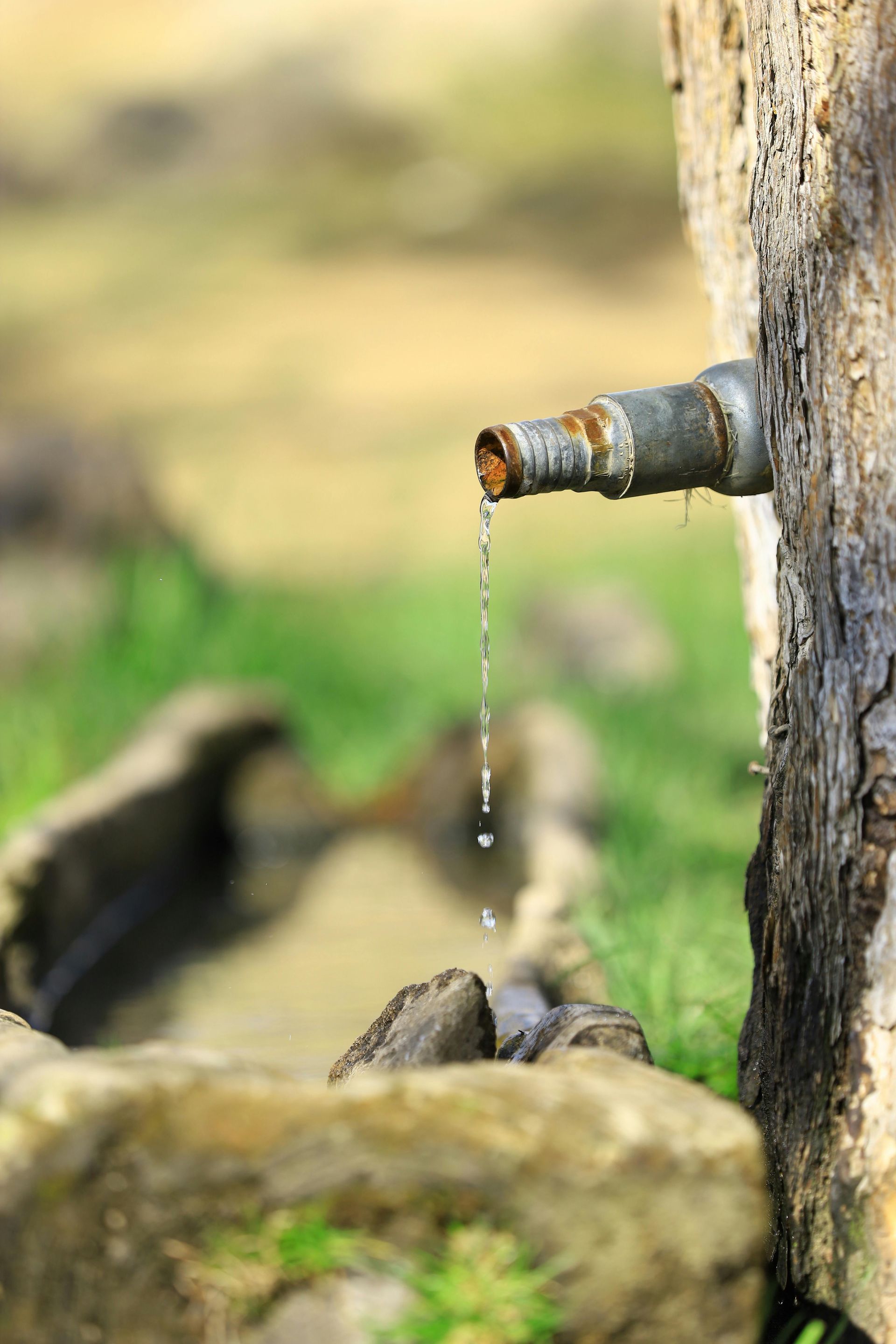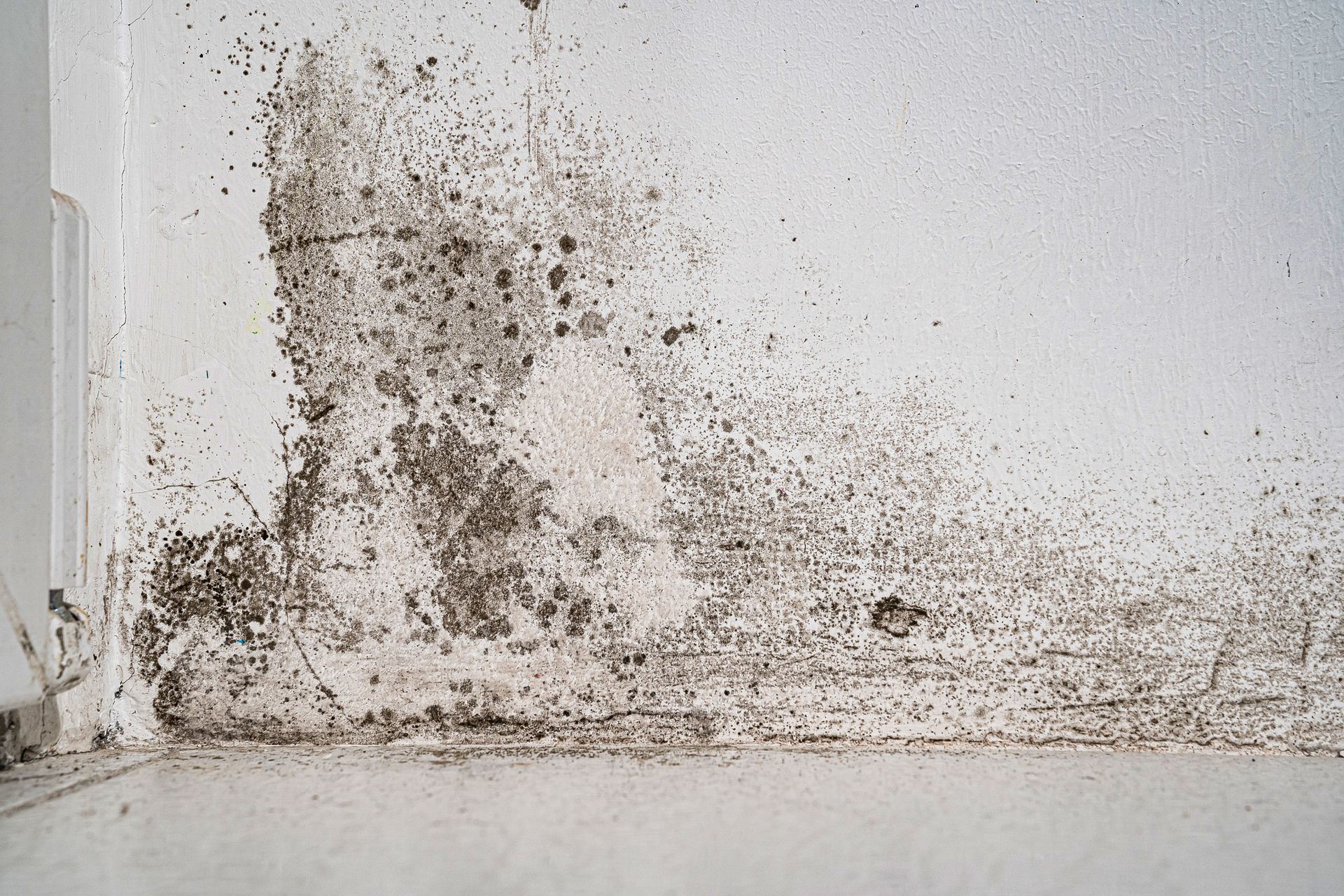Why a Home Mold Inspection is Essential to Keep Your Family Safe
Mold, a pervasive issue in many homes, poses significant health risks to occupants, making a home mold inspection a critical preventative measure. Moisture-prone areas, such as bathrooms, basements, and kitchens, provide ideal environments for mold growth. If left unchecked, mold can exacerbate respiratory issues, cause allergic reactions, and lead to severe health complications. This article will outline the importance of mold testing, identify potential sources of mold in your home, and highlight the dangers of neglecting mold issues, emphasizing how regular inspections safeguard the well-being of your family.
Common Signs of Mold
Mold growth in a home is not only unsightly but can also pose significant health risks to its occupants. Identifying the presence of mold at an early stage is crucial for maintaining a healthy living environment. Here are common signs of mold growth to be aware of:
- Musty Odors: A persistent musty smell is often the first indicator of hidden mold. Since mold thrives in damp environments, these odors may be particularly noticeable in basements, bathrooms, and kitchens.
- Visible Mold: While mold can sometimes be hidden, visible patches of mold should not be ignored. It often appears as speckled black or greenish spots on walls, ceilings, and other surfaces.
- Water Damage: Signs of water damage, such as stains or discoloration on walls and ceilings, can indicate potential areas for mold growth. Mold thrives in moist environments created by leaks or flooding.
- Increased Humidity: High levels of humidity in a home can create conducive conditions for mold to grow. Indoor humidity levels should ideally be kept below 60% to discourage mold growth.
- Condensation: Excessive condensation on windows, pipes, and walls is a sign of high humidity and can contribute to mold growth. Such areas of condensation should be monitored and addressed to prevent the spread of mold.
Types of Mold
In the diverse world of fungi, multiple types of mold can proliferate in homes, each with its own set of characteristics and potential health risks. Understanding these various types is crucial for maintaining a healthy living environment and preventing adverse health effects.
- Alternaria: This type of mold is commonly found in environments exposed to water damage. It thrives in damp areas such as showers, bathtubs, and below leaky sinks. Alternaria can cause allergic reactions and asthma attacks and can exacerbate existing respiratory conditions. Its rapid spread calls for timely intervention to prevent health risks and structural damage.
- Aspergillus: Commonly found in house dust, Aspergillus can lead to respiratory infections and exacerbate lung diseases in immunocompromised individuals. Certain species of this mold produce mycotoxins, which are poisonous substances that can lead to more severe health issues, including lung infections and allergic reactions.
- Cladosporium: This mold variant prefers both warm and cold environments, making it widespread within homes. It can be found on fabrics, upholsteries, and under floorboards. Health impacts of Cladosporium include respiratory problems, such as asthma and sinusitis, particularly in individuals with existing sensitivities.
- Penicillium: Often associated with blue or green food mold, Penicillium can spread rapidly in the home environment, particularly within insulation, furnishings, and water-damaged furniture. It is known to cause allergic reactions, chronic sinus infections, and pulmonary inflammation. This mold type is also a source of antibiotics, which, paradoxically, can cause health issues in some individuals.
- Stachybotrys: Commonly referred to as "black mold," Stachybotrys is notorious for its potential to produce toxic compounds known as mycotoxins. Predominantly found in water-damaged buildings, this mold can lead to severe health problems, including breathing difficulties, chronic sinus infections, depression, and fatigue. Its presence necessitates immediate removal due to the grave health risks it poses.
- Fusarium: Typically affecting homes with moisture problems, Fusarium can grow at lower temperatures and on various substrates, including fabrics and carpets. It is known for causing skin infections and allergic reactions and can lead to severe respiratory conditions when inhaled.
- Trichoderma: This mold contains several enzyme-producing strains that can degrade wood, wallpaper, and other similar surfaces, leading to structural damage. Health-wise, it can trigger allergic responses and respiratory issues and, in some cases, produce mycotoxins that are harmful when inhaled or ingested.
Health Risks Associated with Mold Exposure
Exposure to mold can trigger allergic reactions, respiratory problems, and even neurological symptoms. Studies link mold exposure to worsened asthma in 30% of patients and significant increases in allergic responses, underscoring the urgency of mold prevention and remediation.
Allergic Reactions
Allergic reactions to mold are common and can manifest as sneezing, runny nose, and itchy eyes. Molds like Alternaria, Aspergillus, and Penicillium are notorious for triggering these symptoms. These reactions occur because the immune system responds to mold spores as harmful invaders, leading to allergy symptoms that can range from mild to severe depending on individual sensitivity and exposure levels.
Respiratory Problems
Exposure to mold, especially types like Aspergillus, Cladosporium, and Stachybotrys, can lead to respiratory issues. Mold spores can irritate the airways, causing symptoms such as coughing, wheezing, and shortness of breath. These irritants are particularly problematic for individuals with asthma or other pre-existing respiratory conditions, exacerbating their symptoms and potentially leading to more severe health complications.
Headaches and Fatigue
In addition to respiratory and allergic reactions, exposure to molds such as Stachybotrys and Aspergillus can lead to neurological symptoms like headaches and fatigue. These mycotoxins from mold can impair the central nervous system, disrupting cognitive functions and causing chronic fatigue. This underscores the critical need for prompt mold identification and removal to safeguard health.
Skin Irritation
Mold exposure can also lead to skin irritation and rashes, a condition known as dermatitis. This is often a result of direct contact with mold spores. Fusarium, Penicillium, and Trichoderma are molds particularly notorious for causing skin reactions. Symptoms may include redness, itching, and blistering, underscoring the importance of managing mold growth to prevent dermatological health issues.
Fungal Infections
Exposure to mold significantly elevates the risk of fungal infections, especially in individuals with compromised immune systems. Molds like Aspergillus are particularly adept at causing systemic infections, impacting the lungs and other organs. Candida, a common mold found in moist environments, can lead to skin and mucosal infections, underscoring the urgent need for diligent mold management to protect immune health.
Neurological Symptoms
Neurological symptoms linked to mold exposure include memory loss and mood changes. Studies, such as those published in Toxicology and Industrial Health, demonstrate how exposure to molds like Stachybotrys can impact cognitive functions. These molds produce mycotoxins that affect the brain, leading to neurological issues. This underscores the importance of addressing mold to prevent adverse impacts on neurological health.
Immunological Reactions
Mold exposure can provoke immunological reactions in susceptible individuals, resulting in symptoms like fever and respiratory distress. Molds such as Aspergillus and Stachybotrys are notorious for triggering these responses by stimulating the immune system to overreact. This hyperactivity can compromise immune health, making the body more vulnerable to infections and exacerbating existing allergies and asthma conditions.
Toxicity From Mycotoxins
Mycotoxins, toxic compounds produced by some molds, contribute to a host of health issues. Notably, Stachybotrys and Aspergillus are prolific mycotoxin producers, causing severe respiratory, immunological, and neurological problems. These toxins can accumulate in the body over time, leading to chronic health issues. The pervasive nature of these molds underscores the critical need for thorough mold detection and eradication initiatives.
Sudden Infant Death Syndrome (SIDS)
Recent studies suggest a correlation between Sudden Infant Death Syndrome (SIDS) and indoor air pollutants, including mold exposure. For instance, research published in the Journal of Pediatrics indicates that airborne toxins, such as mycotoxins from molds like Stachybotrys, can affect infants' respiratory systems, potentially increasing SIDS risk by compromising their delicate immune responses and leading to fatal breathing disruptions.
The Mold Testing Process
The mold testing process is a critical step in identifying and mitigating mold issues within a home or building. Professionals in the field use various methods to collect samples, including air and surface sampling. Air samples are taken to determine the concentration of mold spores in the indoor environment, while surface samples can identify the specific type of mold present on walls, floors, or furniture. These samples are then meticulously analyzed in a laboratory setting to ascertain the mold species and potential health risks they pose. The complexity of interpreting mold concentrations and species makes it imperative to work with qualified professionals. These experts not only possess the skills to accurately conduct tests but also have the knowledge to interpret the results, ensuring that any mold found within the property is properly identified and addressed. Relying on professional expertise is crucial in effectively tackling mold, as misinterpretation of test results can lead to inadequate remediation efforts, further exacerbating the problem.
Preventing Mold Growth
Preventing mold growth in the home is paramount to ensure the health and safety of its occupants. Mold thrives in moist and inadequately ventilated environments, making moisture control and ventilation crucial strategies in mold prevention. Homeowners should diligently address leaks and water damage promptly to minimize moisture accumulation. Additionally, maintaining proper ventilation, especially in areas prone to dampness, such as kitchens and bathrooms, can significantly deter mold growth. The use of dehumidifiers and air conditioners during humid seasons helps to keep indoor humidity levels between 30% and 50%, as recommended by health experts. Such measures not only prevent the establishment of conditions conducive to mold growth but also contribute to a healthier indoor air quality. Regular cleaning and inspecting of household items, such as carpets and furniture, can also aid in preventing mold growth by promptly addressing any potential sources of moisture or mold development.
Protect Your Home With First Call Restoration
At First Call Restoration, we prioritize your health and safety by offering state-of-the-art mold remediation services. Our certified professionals use advanced technology to identify, treat, and prevent mold, ensuring your environment is safe and clean. Don't wait until mold takes over your space. Take action today by contacting First Call Restoration for a consultation. Protect your property and health. Call us now to schedule your mold inspection and join countless satisfied customers living in mold-free environments.
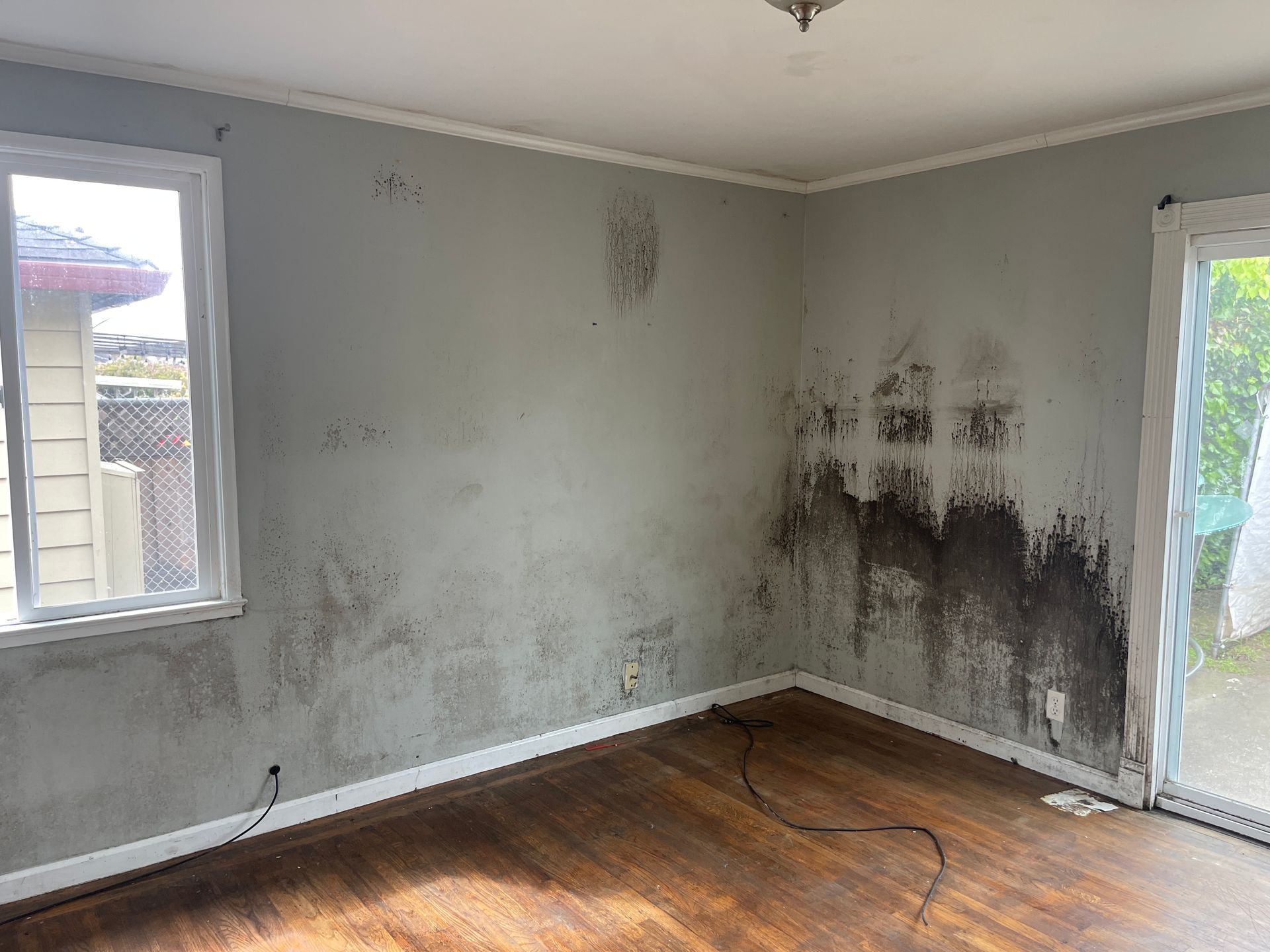
Quick Links
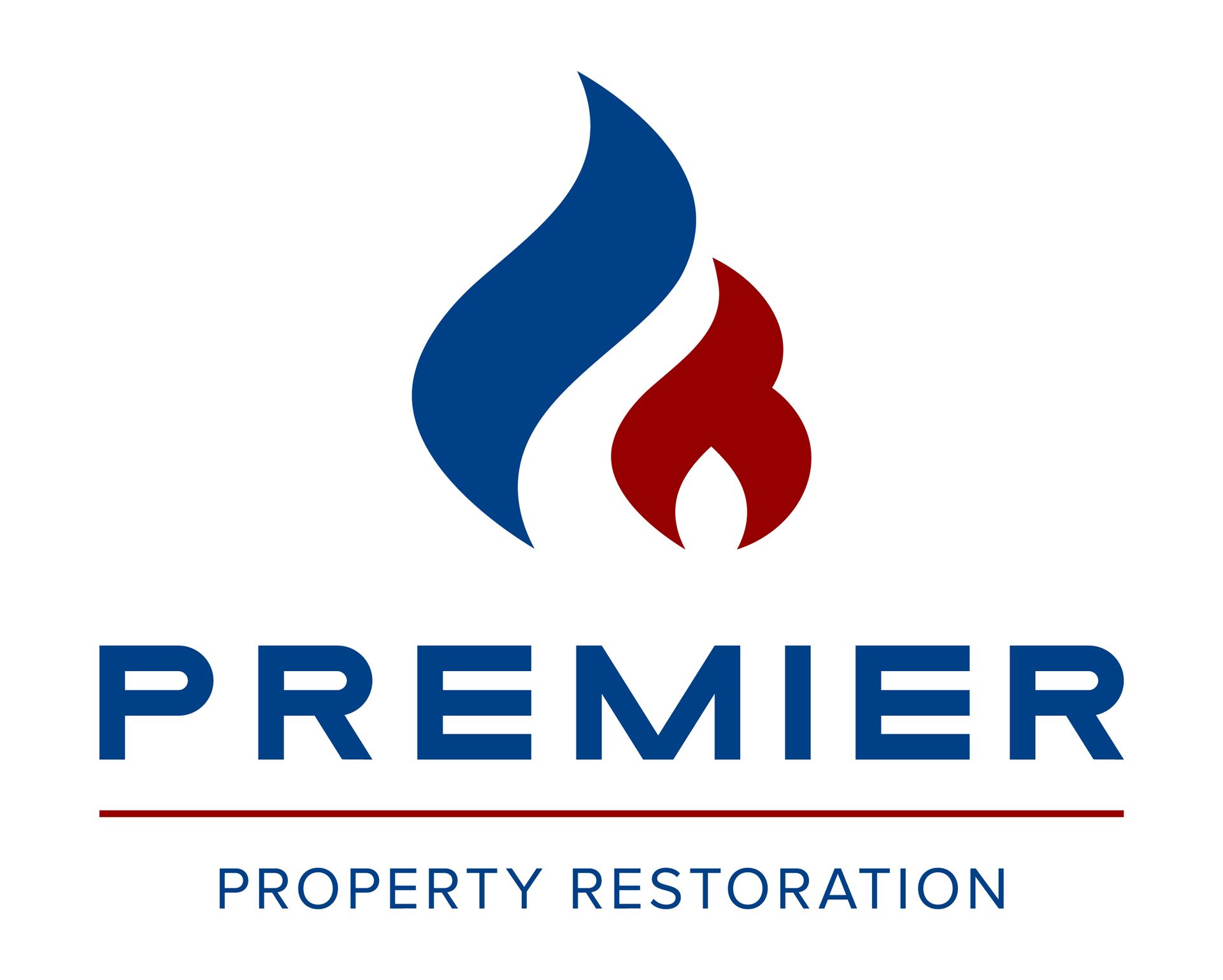
Premier Property Restoration is a trusted IICRC-certified contractor specializing in water, fire, and mold damage restoration in New Orleans and the surrounding areas. With a commitment to rapid response and high-quality service, we ensure your property is restored efficiently and effectively. Our expert team handles everything from emergency response and damage assessment to thorough cleanup, sanitation, and reconstruction. Accepting all insurance claims, we aim to make the restoration process as seamless as possible. Choose Premier Property Restoration for reliable, professional restoration services that prioritize your peace of mind and property safety.
Office Locations
Premier Property Restoration of New Orelans
4955 W Napoleon Ave #3102, Metairie, LA 70001
© 2023 • Premier Property Restoration • All Rights Reserved

